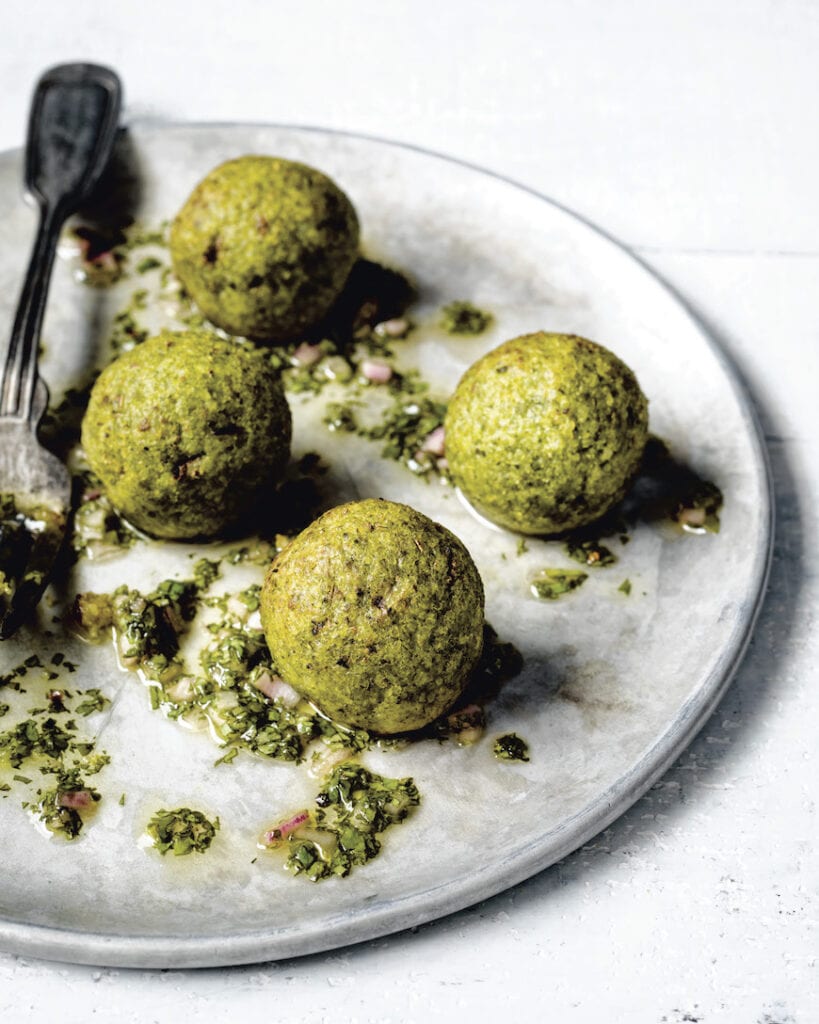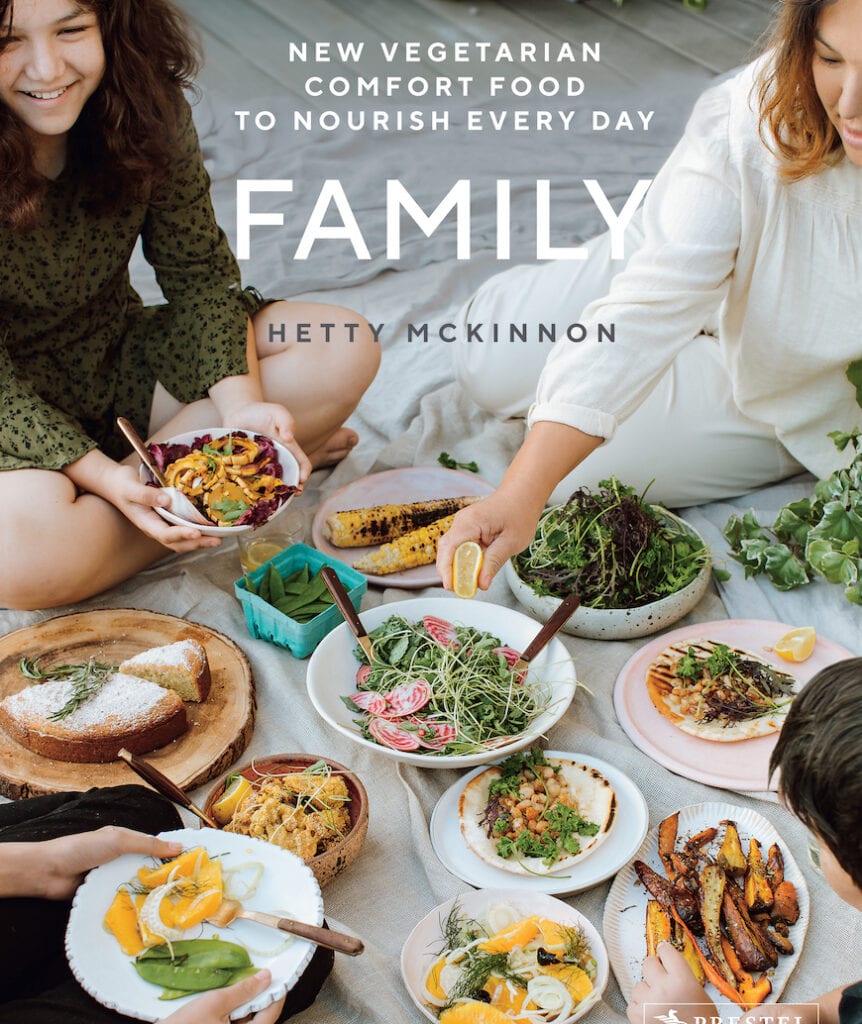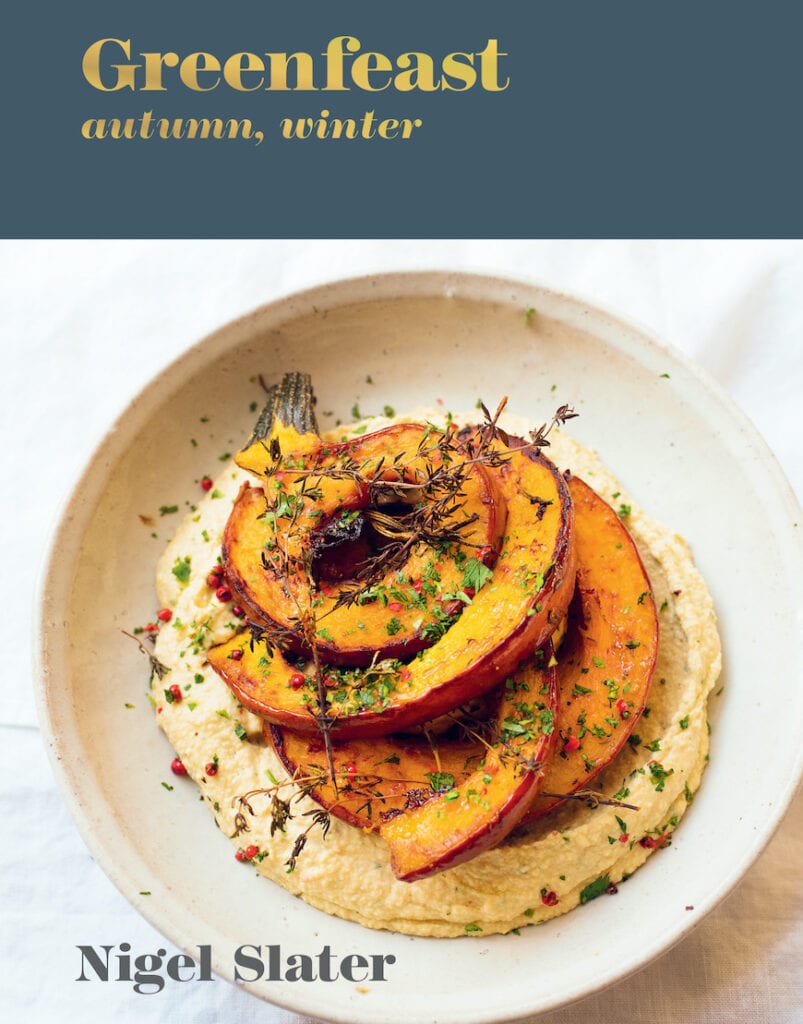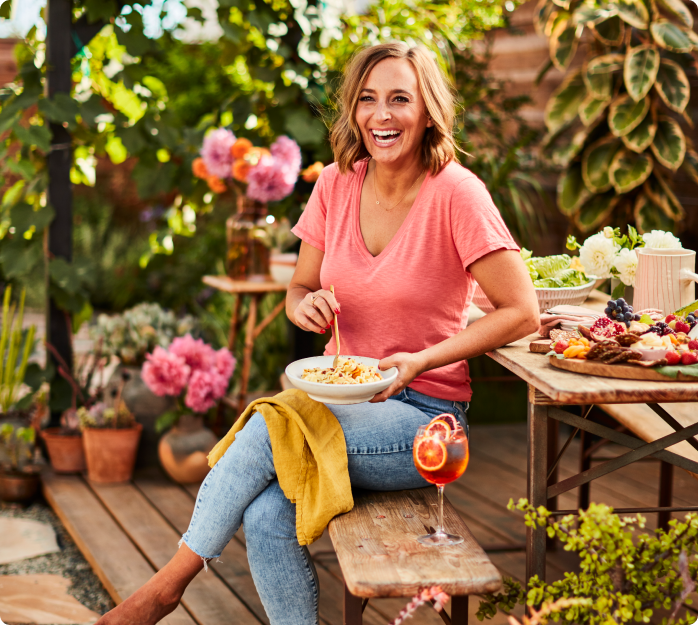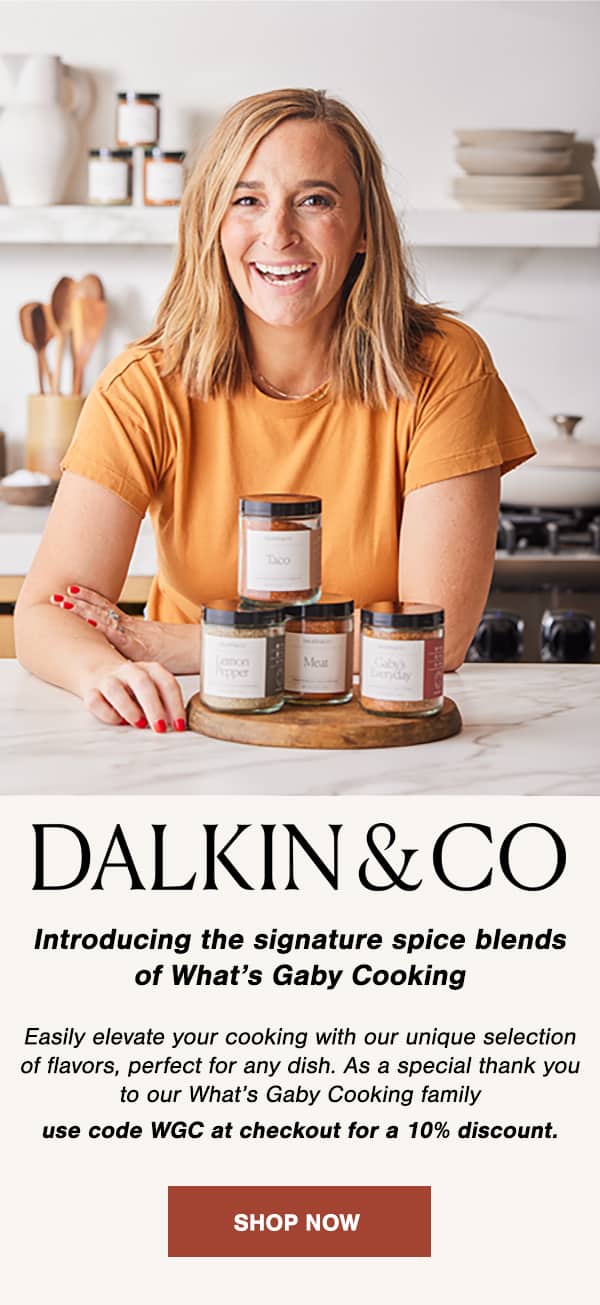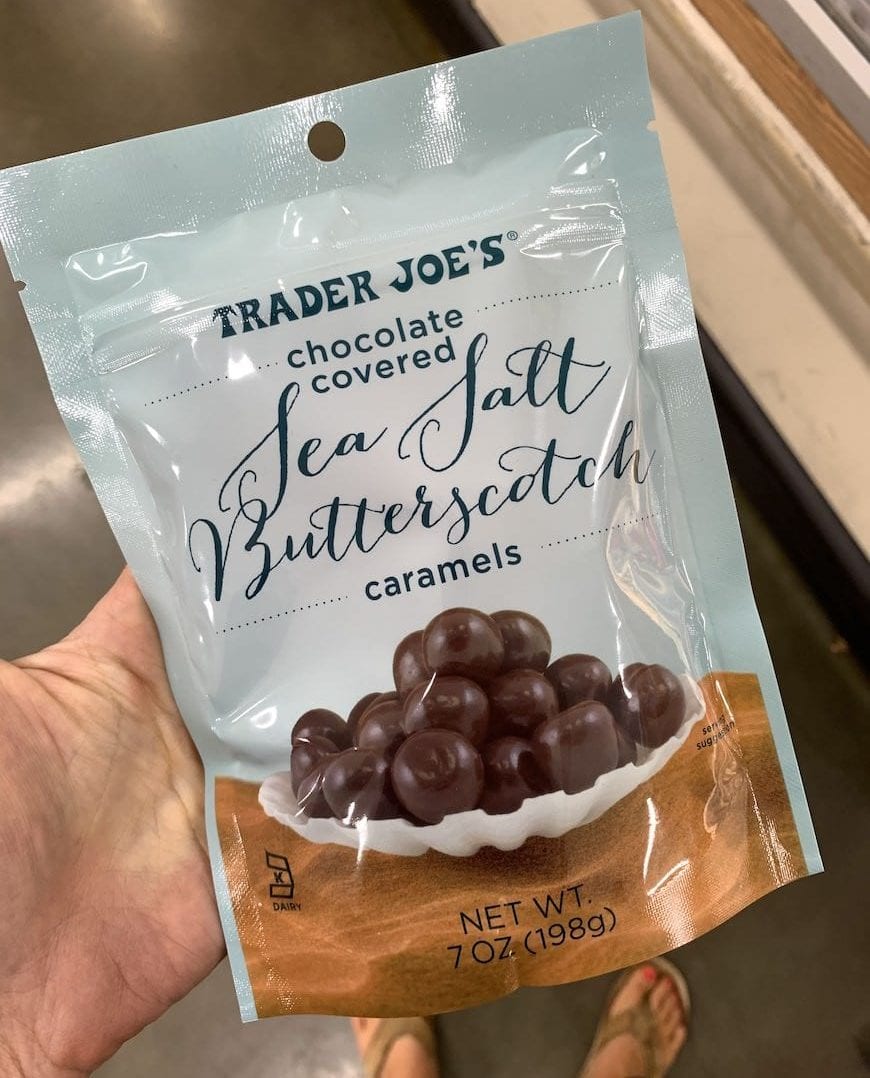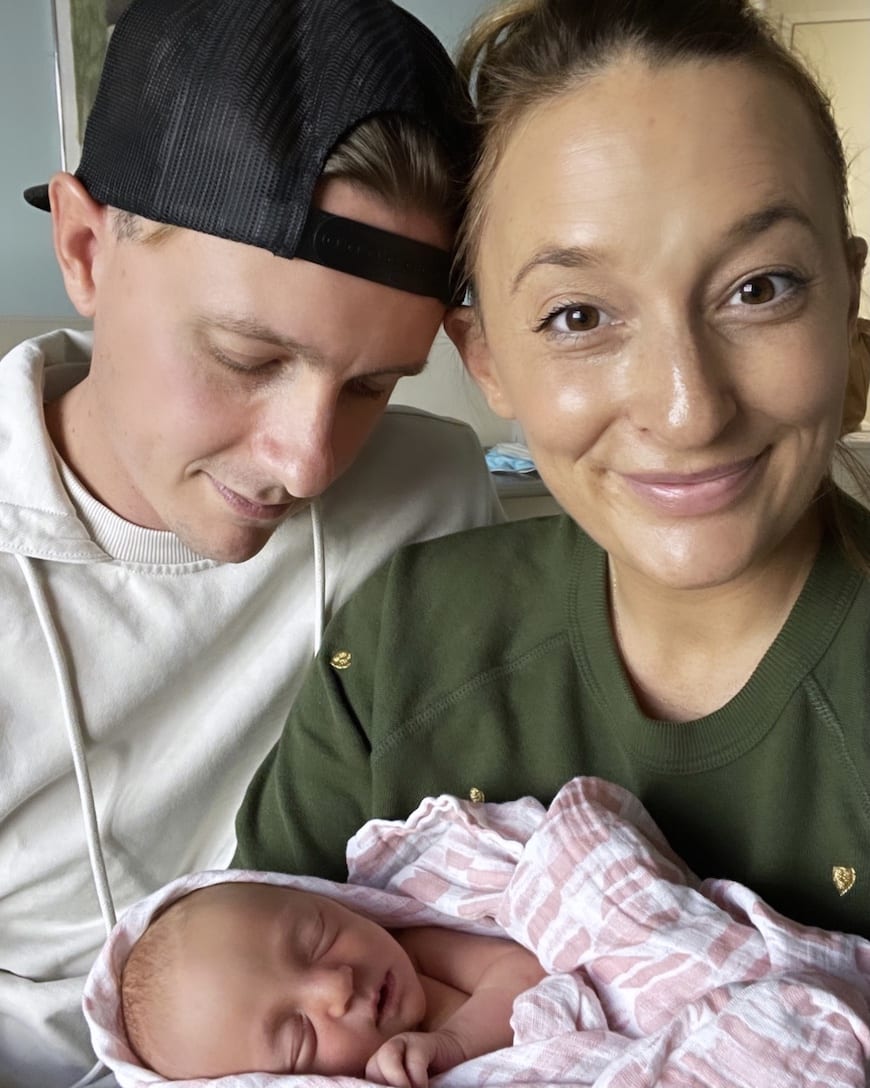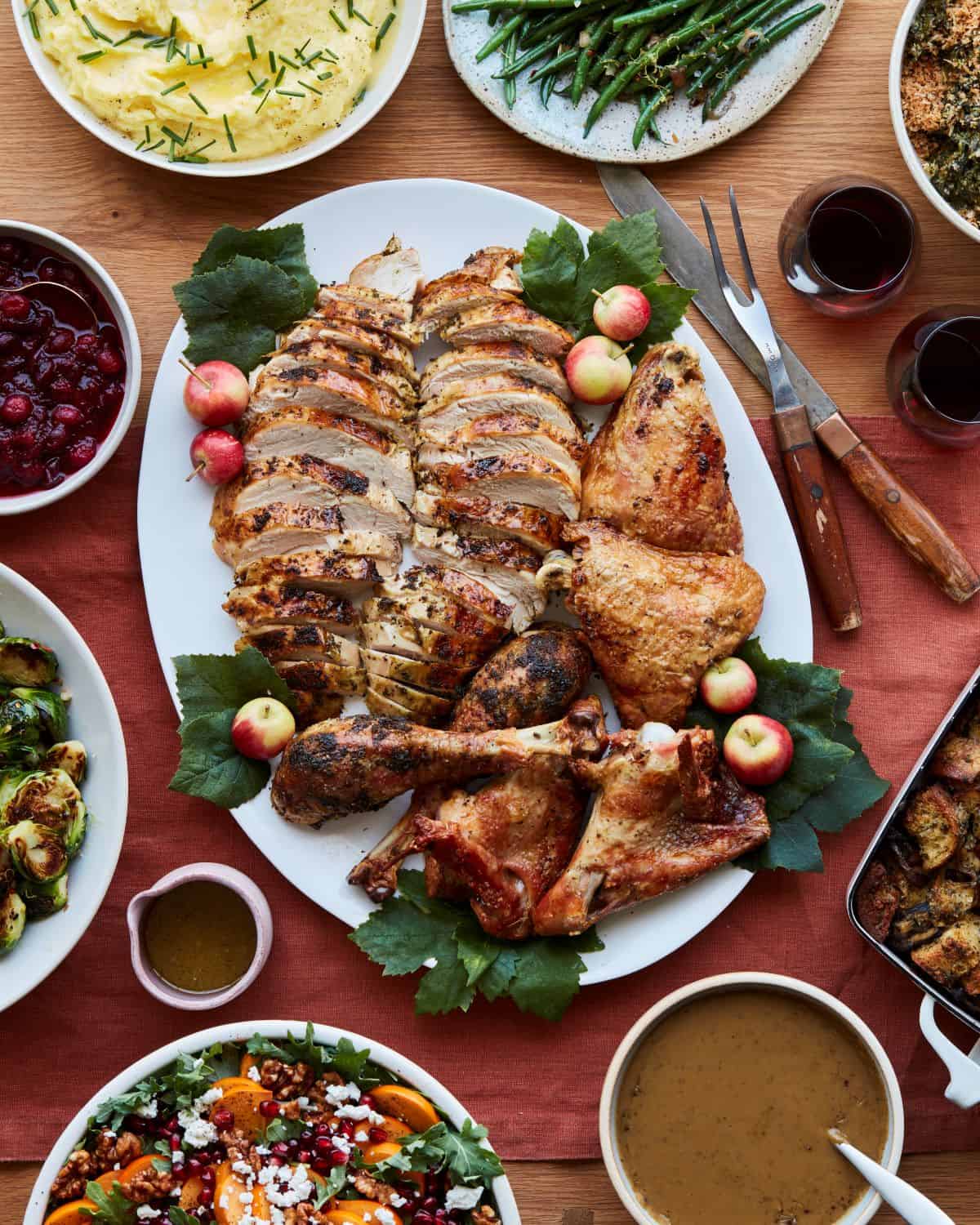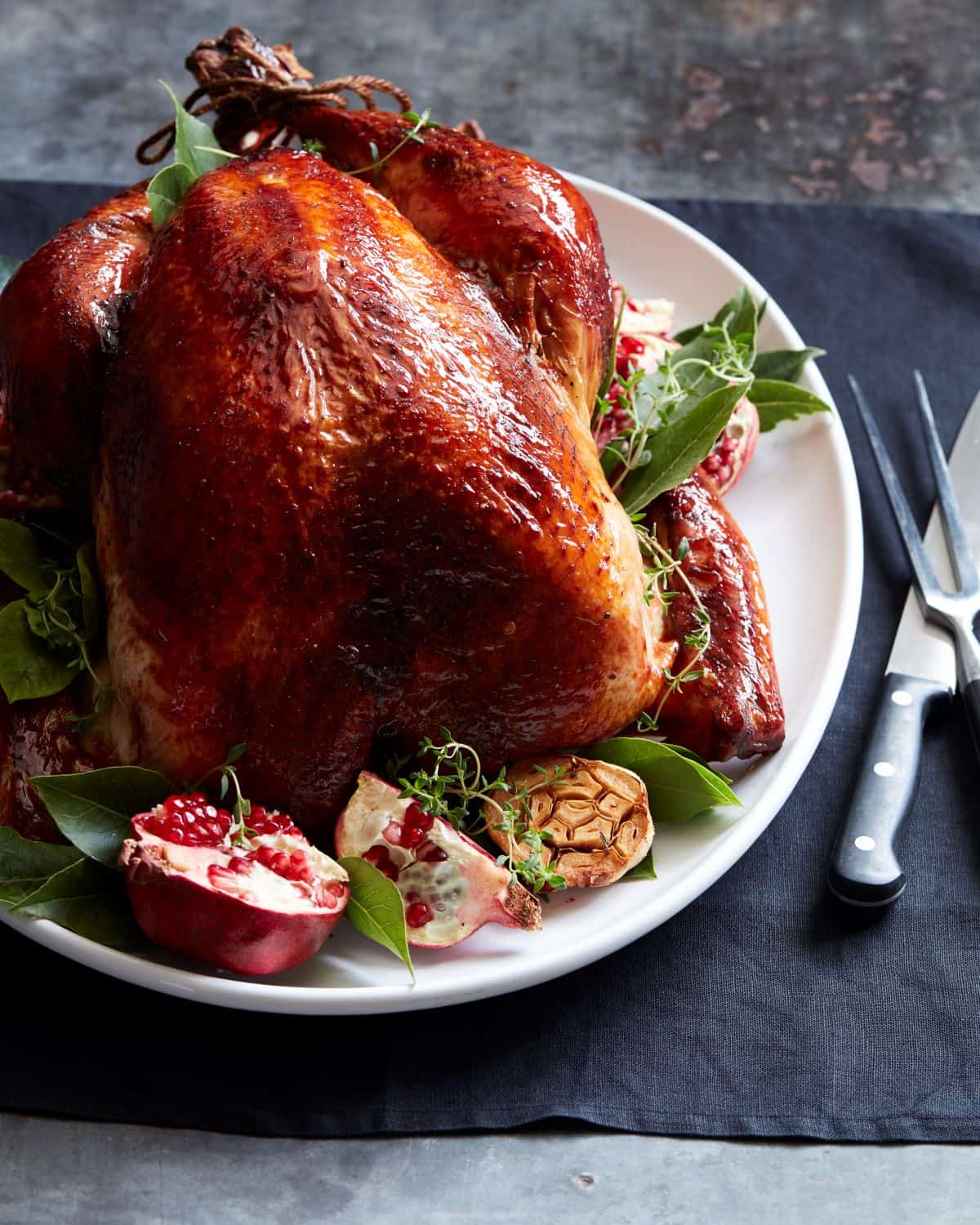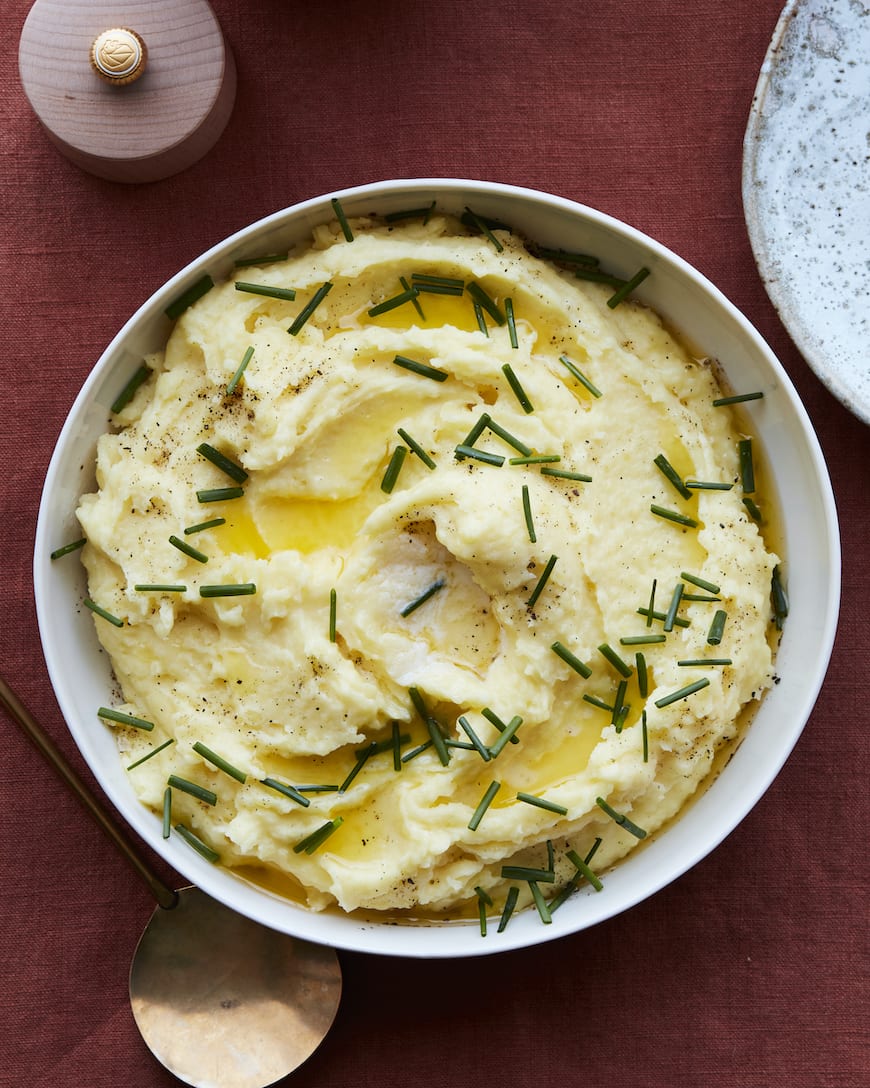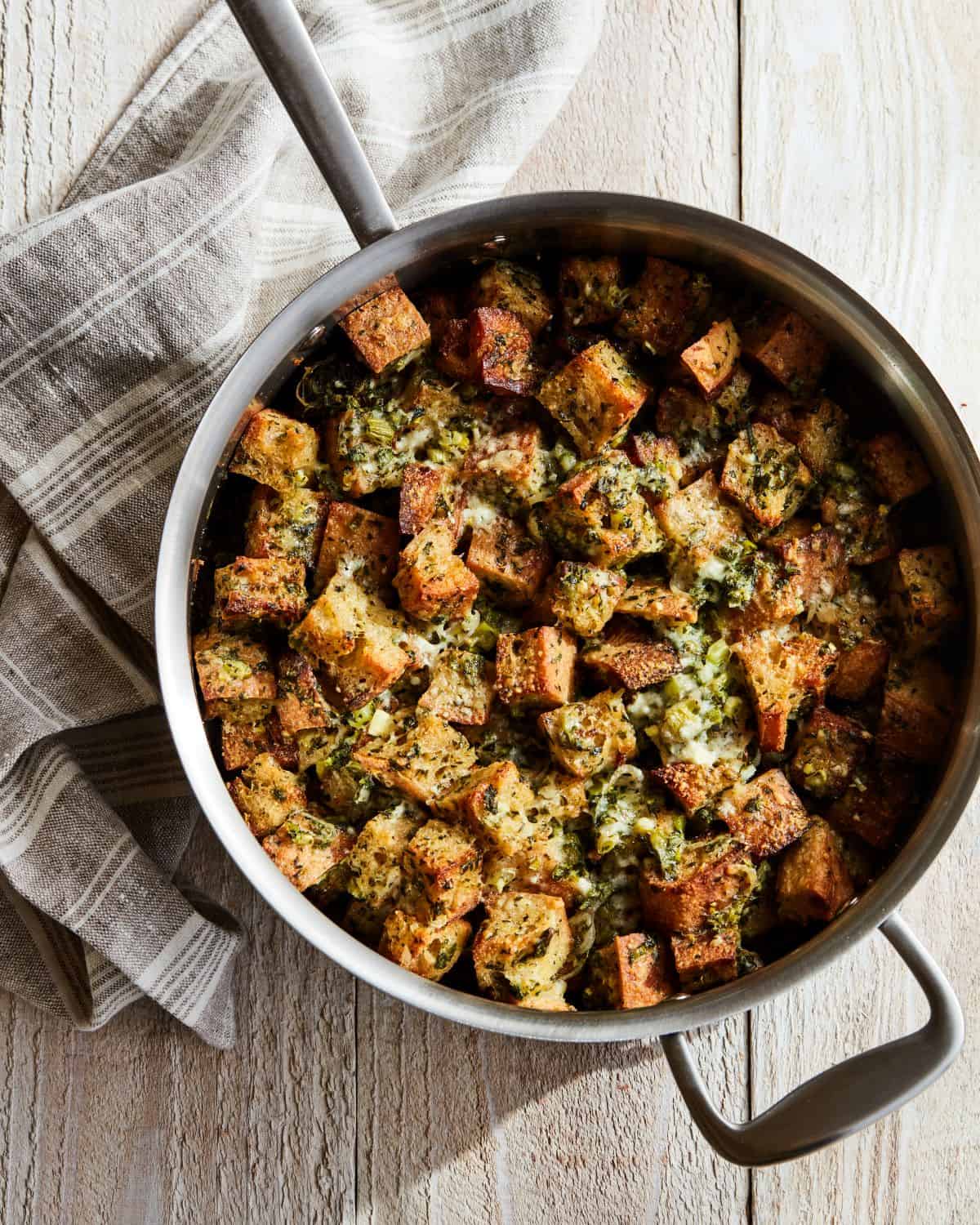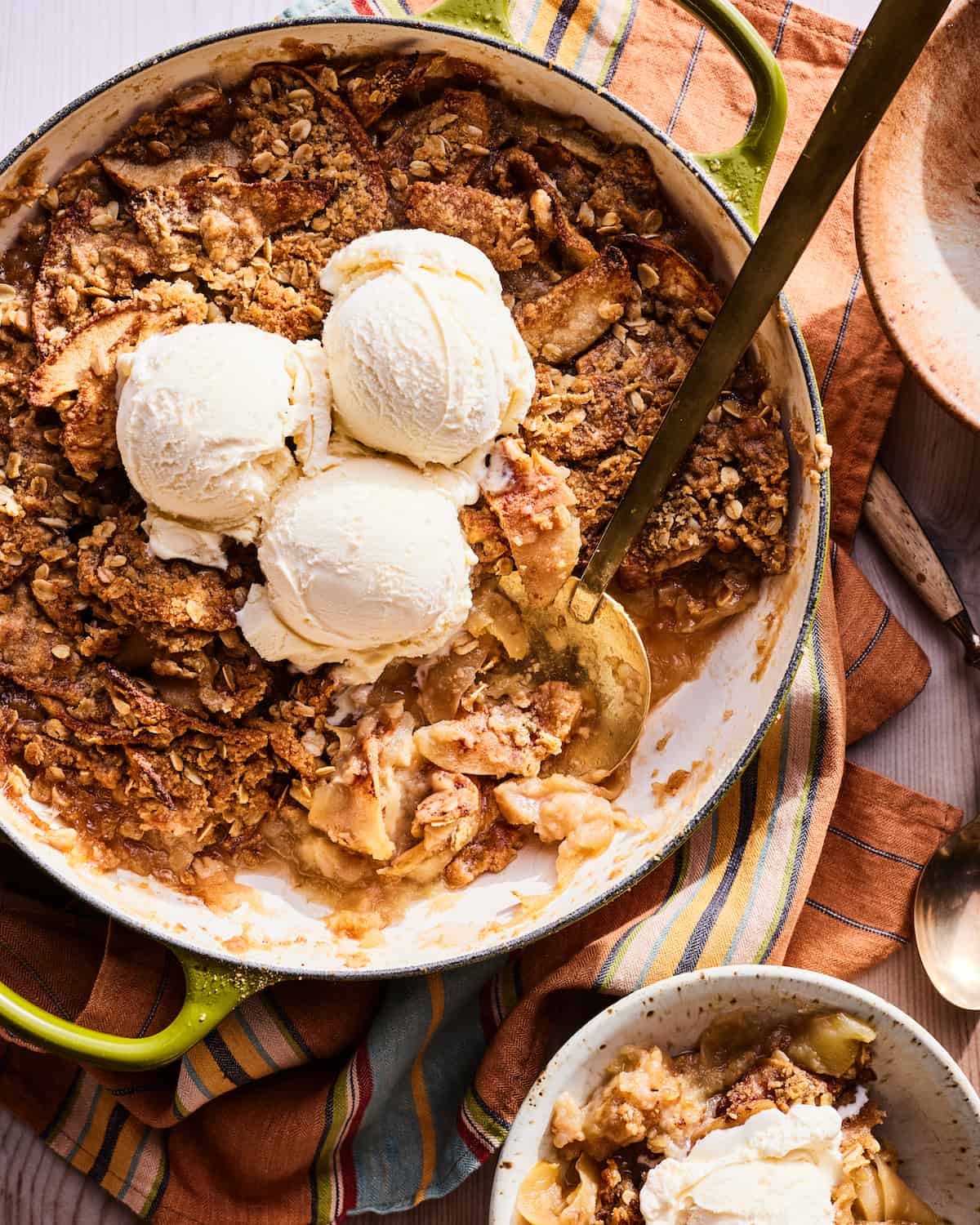Cookbook Club #19 is back in action today!! Turning it over to our girl Kristina Gill to give you the latest on our favorite cookbook this month. And if you missed the intro to Kristina – please put your hands together for our very first editor here at What’s Gaby Cooking besides me! All yours KG! XX
This week we have added a new feature to Cookbook Club! At the bottom of the main cookbook, we will put two covers of similar books if you are looking for something that matches the featured cookbook or cookbook theme. Our theme this week is: simple vegetarian/vegan.
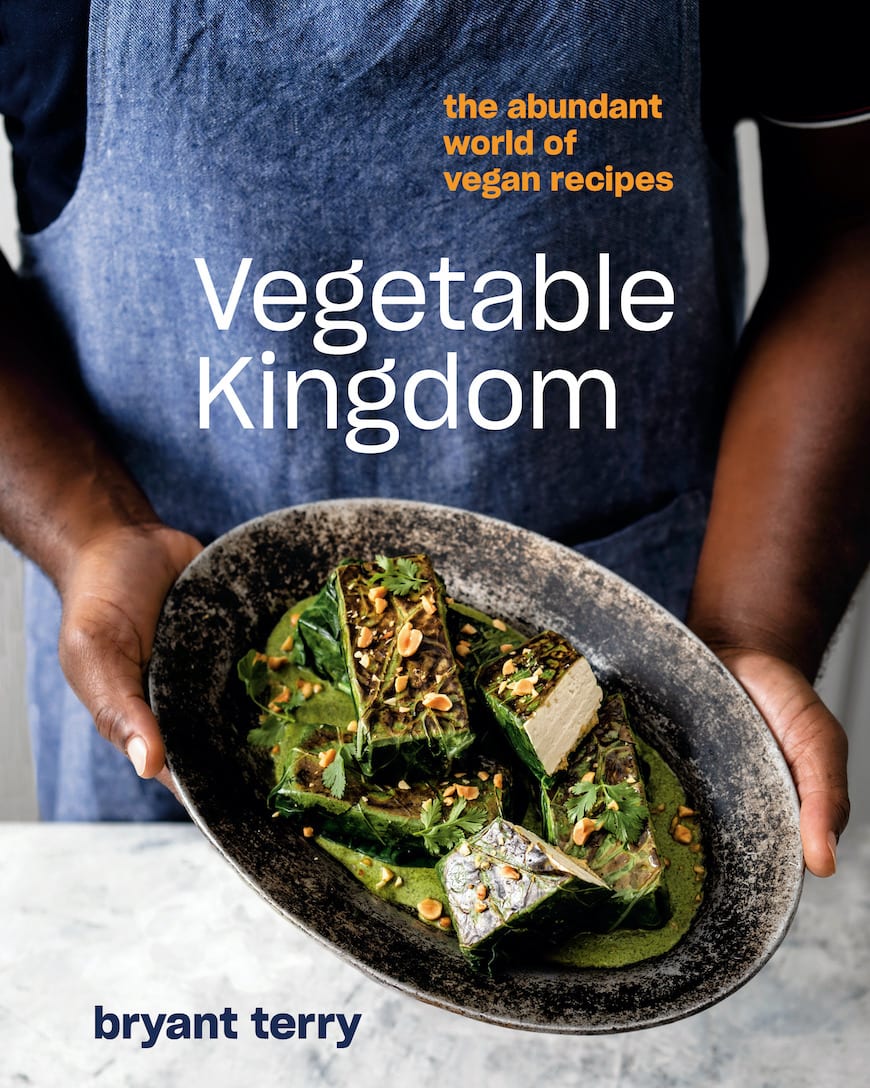
Bryant Terry is a James Beard Leadership Award-Winning Chef, Activist, and Author
Chef-in-Residence at the Museum of the African Diaspora in San Francisco. He’s also synonymous with food justice and vegan cooking. Vegetable Kingdom is his fourth cookbook on vegan cooking. As with previous books, the recipes are accompanied by a suggested song that mostly fits Bryant’s jazz-heavy preferences. I appreciate the marriage of food and music in Bryant’s books because I, myself, like to have something on in the background when I am cooking.
I like to think of the food in this book as a good mix of really accessible and really fancy. By fancy I mean composed of several small recipes. On one hand, this could seem daunting, on the other hand, I believe it offers more choices. If one aspect of a recipe is your favorite part, you can always return and make just that single part of the entire recipe. This goes for the strong section at the end of the book entitled “cupboard” that includes stocks and broths, creams, flavored oils, vinegars, sauces, spreads and marinades, and seasonings. So many of the recipes include one or more of these, if you’re like me and love having little sauces and seasonings in your refrigerator to dress up simple food such as a bowl of lettuce, a simply grilled chicken, roasted vegetables, even a piece of toast with your favorite topping, then the ‘cupboard section’ alone is worth having the book.
My recommendation on cooking with this book is to start with recipes for which you have the ingredients on hand, and gradually build your cupboard to include items such as fonio, millet, Bragg Amino Acids, and anything else you might not already have. This way you will build up your arsenal of ingredients to be able to regularly repeat your favorite recipes in the book.
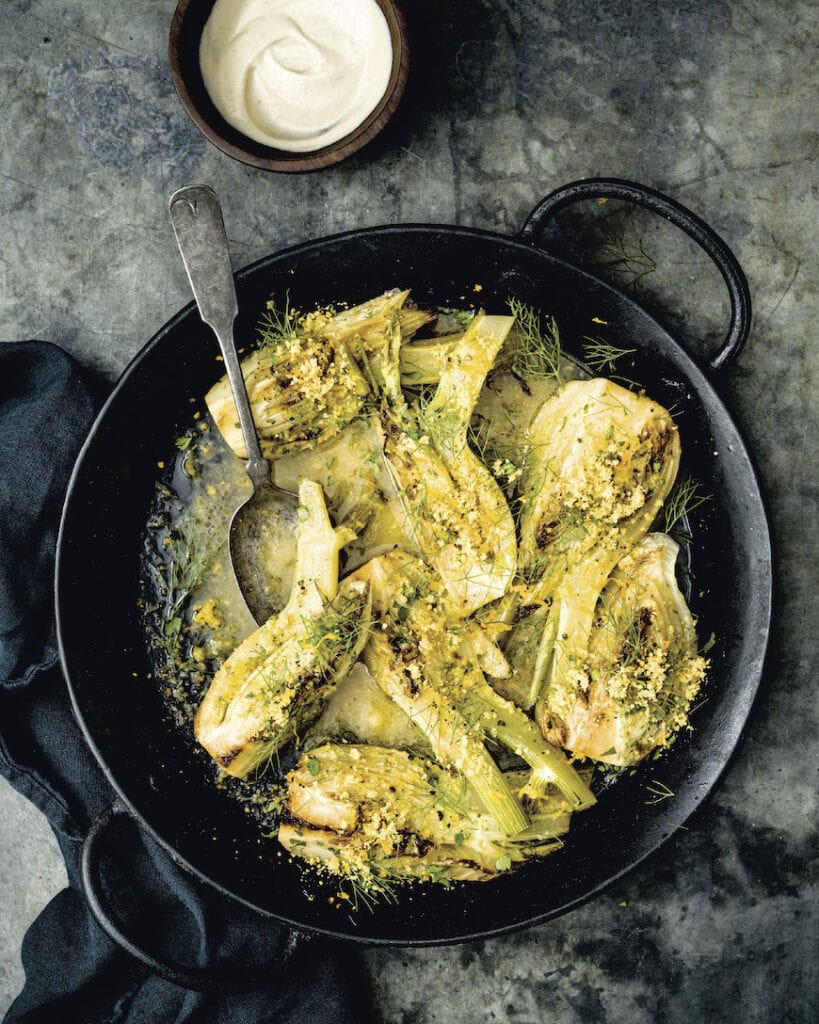
Other recipes in the book you’ll be excited about in addition to the Warm Butter Bean Salad with Roasted Bell Peppers below include Caramelized Leek and Seared Mushroom Toast, Crunchy, Bitter and Tart Salad with Sweet Mustard Vinaigrette, Dirty Cauliflower, Roasted Sweet Plantains, Pecan and Millet Salad, and Spinach Salad with Blackened Chickpeas.
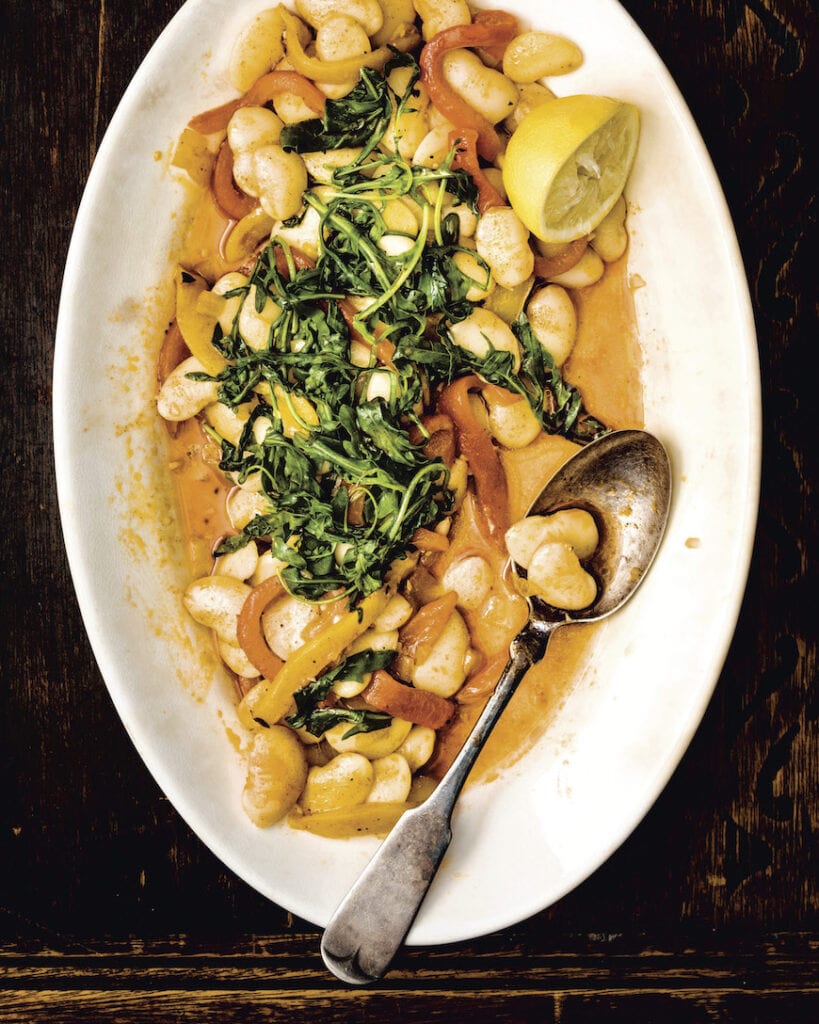
We’d love to hear what you think and what you’re cooking from Vegetable Kingdom! You can find it at Seattle’s Book Larder. If you get stuck on anything remember you can always reach out to us and/or @bryantterry on Instagram for help! And don’t forget to tag your posts on IG with #WGCcookbookclub.
And as promised - two of our other favorite books sticking with this months theme... Family by Hetty McKinnon and Greenfeast by Nigel Slater
Question time with Bryant
What's your favorite recipe in the book and why? The Citrus and Garlic-Herb Braised Fennel by far. That dish acted as the catalyst for unifying the dynamic spirit and energy that permeates Vegetable Kingdom. The recipe is a symbol for the way I approached this book, taking familiar vegetables and giving them my Afro-Vegan spin so my kids would like them.
What was the hardest recipe to get right and why? The Baked Fonio and Kale Balls. After my friend, chef Pierre Thiam, introduced me to fonio, a grain that many believe is Africa's oldest cultivated cereal crop, I was committed to making a dish using it. The flavor of this dish is so delicious, but I had to rework the recipe a lot to ensure that they weren’t fragile and had structure.
For someone who's never cooked from your book before, what recipe would you tell them to cook first and why? The Broccoli-Dill Sandwich Spread. It’s such a straightforward recipe that transforms broccoli into a versatile spread/sauce that can be used for sandwiches, pasta, or dipping crudités. Tejal Rao wrote a cool piece about this recipe for The New York Times Magazine ( https://www.nytimes.com/2020/03/31/magazine/broccoli-dill-pasta-recipe.html ), and I got messages from around the world about how much people loved it. Many parents sent notes about how much their kids devoured it.
A recipe from your book that can be ready to serve within 30 minutes. Cornbread Muffins. The whipped sweet corn and hot pepper jelly that I pair the muffins with take longer to make, but you can make the muffins quickly and serve them with ready-made butter, jam, and the like.
You've mentioned jokingly that you want to forget your previous books, Vegetable Kingdom is you, and you focused specifically the photography. How involved were you with developing the design direction and creating the images? Were you on set every day?
I was very involved in guiding the design and visual language of the book. Whenever I developed a recipe I would search the internet for images that spoke to my vision of how I imagined the dish being shot and put them into a file. When we got to the photography stage, I passed the files along to the photographer Ed Anderson and food stylist Lillian Kang so they would have references. I also worked closely with Ten Speed’s Art Director, Elizabeth Stromberg, to co-create a vision for the book’s design. I was on set every day giving feedback and working closely with the team to ensure my vision was executed. They did a fantastic job!
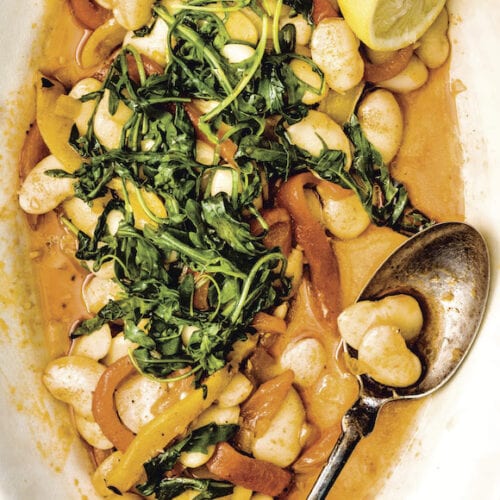
Warm Butter Bean Salad with Roasted Bell Peppers
Ingredients
- 1 pound dried large white lima beans, soaked in water and 3 tablespoons kosher salt overnight
- 1 bay leaf
- 1 large yellow onion, half diced, half left intact
- 5 cloves garlic, 3 cut in half, 2 minced
- 1 dried red chile
- 1 ½ teaspoons kosher salt, plus more as needed
- 2 large red bell peppers
- 2 large yellow bell peppers
- 2 large orange bell peppers
- 2 tablespoons extra-virgin olive oil
- 2 tablespoons Pili Pili Oil (recipe below)
- Freshly ground white pepper
- 8 ounces baby arugula, (about 12 loosely packed cups), washed and spun dry
- 1 lemon, halved for garnish
- Flaky sea salt for finishing
For the Pili Pilo Oil
- 2 teaspoons smoked paprika
- 2 sprigs thyme
- 2 springs rosemary
- 9 small fresh bird’s-eye or Thai chiles
- 1 cup olive oil
Instructions
- Drain the beans, put them into a large saucepan, and add water to cover by 2 inches. Bring the water to a boil over high heat. Skim off any foam and decrease the heat to medium-low. Add the bay leaf, onion half, halved garlic cloves, and dried chile. Partially cover and simmer, stirring occasionally, until just tender, adding water as needed to keep the beans covered, 1 to 11/2 hours (the cooking time will greatly depend on the freshness of the beans). Once the beans are just tender, add 1 teaspoon of the salt and simmer for 10 more minutes. Drain the beans. Remove the bay leaf, onion, garlic, and chile and discard them. Set the beans aside.
- While the beans are cooking, roast the bell peppers using one of the methods below. Seed and thinly slice the bell peppers. Set aside.
- In a large saucepan, warm the oil over medium-high heat until shimmering. Add the diced onion and cook, stirring occasionally, until soft and just starting to brown, 5 to 7 minutes. Add the minced garlic and remaining ½ teaspoon salt and cook, stirring, until it smells fragrant, 2 to 3 minutes. Add the lima beans, bell peppers, and pili pili oil to the pan. Raise the heat to high and cook for 1 minute, gently stirring to combine and warm the ingredients through. Turn off the heat and season aggressively with white pepper. Taste and season with salt. Divide the lima bean mixture evenly among four plates.
- Add the arugula and 2 tablespoons water to the same pan. Set the pan over low heat, cover, and cook for 2 to 3 minutes, until the arugula wilts.
- Place a handful of arugula over each serving, then drizzle with more pili pili oil and a squeeze of lemon. Finish with a sprinkle of flaky salt and serve.
For the Roasted Peppers
- There are a few methods for roasting peppers. I prefer placing them directly over a burner on a gas stove and turning them with tongs until the skin is blackened and blistered all over. Maybe it’s the nostalgia of first learning this procedure in culinary school, but the process is fulfilling. If you have an electric stove, you’ll need to use the broiler or grill to achieve the same outcome—just be sure to turn them occasionally to char the skin on all sides. After they are properly charred, the peppers are placed in a heatproof container and covered for 15 minutes, until they have cooled and their skins have loosened up. Peel off the charred skin (avoiding washing the peppers or you will lose some of the flavor), then cut off the stem end, remove the core and seeds, and cut the flesh of the peppers into strips or as directed in the recipe. If you’re not using the roasted peppers immediately after prepping them, simply place them in a bowl, toss with olive oil, and refrigerate until ready to use.
For the Pili Pili Oil
- In a small saucepan, combine all the ingredients and heat over low heat, stirring occasionally, until the olive oil starts to sizzle and the paprika has completely dissolved. Immediately remove from the heat and set aside to cool. Transfer all the ingredients to a small jar or bottle, seal, and refrigerate for a few days before using. Store in the refrigerator for up to 2 weeks.
Notes
Nutrition Information
“Reprinted with permission from Vegetable Kingdom: The Abundant World of Vegan Recipes, by Bryant Terry copyright © 2020. Published by Ten Speed Press, an imprint of Penguin Random House.” Photography credit: Ed Anderson © 2020”


